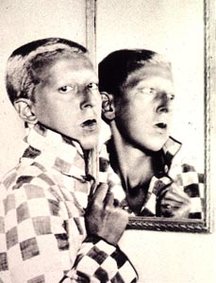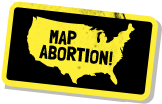
Claude Cahun – radical, Jewish, lesbian, writer, resistance fighter, political activist, Surrealist, photographer Claude Cahun was born Lucy Schwob in Nantes in 1894 to a wealthy Jewish intellectual family. She began to photograph herself in different disguises from the age of 16. Cahun’s photographs and photomontages are strangely prescient in their concern with sexual politics and gender identity. Her self-portraits represent such a diverse range of sexual selves. At times – with cropped hair and stubbled chin – she appears masculine. At others – with doll-like maquilllage and plaits – she is exaggeratedly feminine, and in others, she appears as an androgyne, beyond gender. Although Cahun did not become closely associated with Andre Breton’s Surrealists util the early 1930s, she later declared herself to have "always been a surrealiste”. During the 30s, Cahun also participated in the Contre-Attaque group (collaborating with Georges Bataille, among others), which the Surrealists organized in response to the rise of Hitler and the spread of fascism in France. Her political commitment extended throughout her life, and though she might best be described as a libertarian anarchist, her politics had an explicitly feminist subtext. In examining issues of female self-identity and subjectivity, before they were really formulated as such, Cahun was moving toward her own liberation. As she says in one of her photo-montages ca.1930 – "Sous ce masque un autre masque. Je n’en finirai pas de soulever tous ces visages."
In 1936, with her stepsister and lover, Suzanne Malherbe, Cahun moved from Paris to the Isle of Jersey in the English channel, where they had summered as children. Malherbe often collaborated with Cahun, signing her own pseudonym, "Moore" to a number of projects. Jersey was occupied by the Germans during World War II, and the two women mounted resistance activities such as writing and distributing anti-Nazi leaflets. Cahun was nearly executed for this act, but was given a reprieve at the last minute. German soldiers moved into Cahun and Moore’s home, destroying much of their art work, including original photographs, photo-plates and negatives. The two women were subsequently incarcerated. The ignorance about Cahun is such that there are source books on Surrealism that refer to her as a man. Cahun’s boyish image was, in fact, shocking in the context of mainstream French Surrealism. The male Surrealists not only advocated heterosexuality, but tended to be homophobic. Until recently some believed that Cahun had died in a concentration camp. Actually she survived the war, and died on Jersey in 1954.


